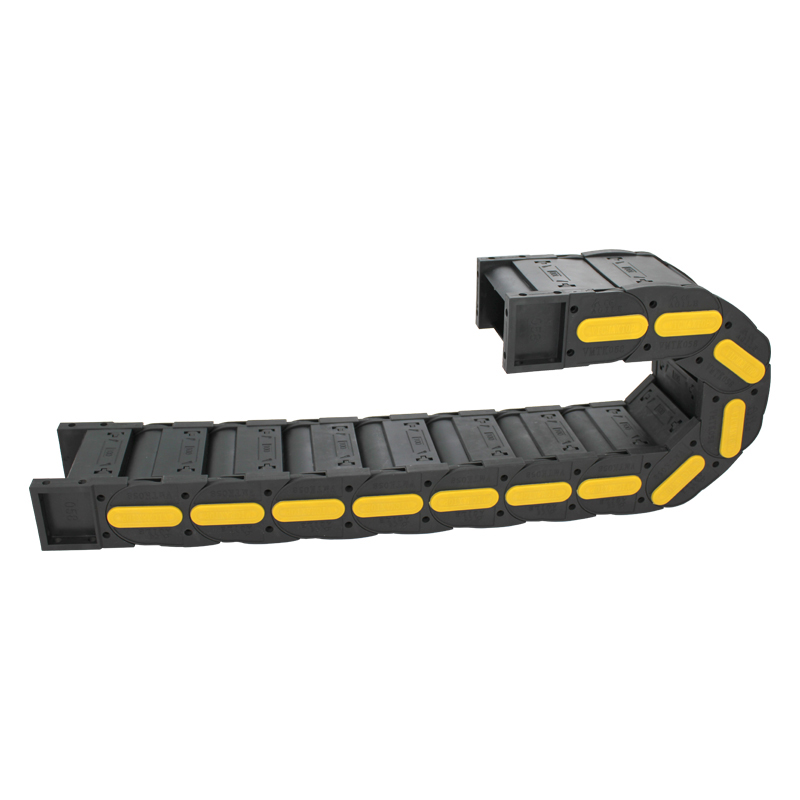Understanding Cable Carrier HS Code for Global Trade Compliance and Classification
Understanding Cable Carrier HS Code A Comprehensive Overview
When it comes to international trade, understanding the Harmonized System (HS) code is crucial for businesses involved in the import and export of goods. One specific category that has garnered attention in recent years is the cable carrier HS code. Cable carriers, also known as drag chains, are vital components in various industries, particularly in automation and manufacturing, where they are used to manage and protect moving cables and hoses.
Definition and Importance of Cable Carriers
Cable carriers are designed to guide and organize electrical cables and hoses, ensuring that they remain untangled and in good condition as they move with machinery. This is particularly important in dynamic environments where machinery moves in various directions. By utilizing cable carriers, businesses can reduce wear on cables, minimize downtime for maintenance, and enhance operational efficiency.
In an era focused on cost-effectiveness and longevity of equipment, the demand for cable carriers has increased. Their application spans several sectors, including automotive production, robotics, and other automated systems. Due to the integral role they play in machinery, ensuring that cable carriers are correctly categorized under the HS code is essential for streamlining international trade.
The HS Code System
The HS code, developed and maintained by the World Customs Organization (WCO), is an international system used to classify products for customs purposes. It is a standardized numerical method of classifying traded goods, facilitating international trade by ensuring that products are uniformly categorized across different countries.
The HS code consists of six digits that identify a product and can be expanded with additional digits for more detailed classification depending on national regulations. The first two digits represent the chapter, the next two indicate the heading, and the last two signify the subheading. Each product's specific code may vary based on the importing or exporting country, so it’s essential for businesses to ensure compliance with regional requirements.
cable carrier hs code

Cable Carrier HS Code Classification
The classification of cable carriers under the HS code generally falls within Chapter 39, which deals with plastics and articles thereof, or Chapter 84, which covers machinery and mechanical appliances. However, the precise classification can depend on the material composition and the specific features of the cable carriers.
When exporting or importing cable carriers, businesses must ensure that their products are correctly classified to avoid potential delays, fines, or seizures at customs. Accurate HS coding not only facilitates smoother customs procedures but also aids in the correct computation of tariffs and duties.
Challenges and Solutions in Classification
One of the challenges businesses face when dealing with HS codes for cable carriers is the potential for misclassification. Depending on the design, material, and intended use of the product, cable carriers may fit into various categories. To mitigate this risk, businesses should engage with customs experts or utilize software tools designed for HS code classification.
Moreover, continuously monitoring changes in international trade regulations is crucial. The HS code system is periodically updated, and staying informed about any alterations can help businesses maintain compliance and avoid disruptions in their supply chain.
Conclusion
In summary, understanding the cable carrier HS code is vital for businesses engaged in international trade. Proper classification can enhance operational efficiency, reduce costs, and promote compliance with trade regulations. As the global market continues to evolve, embracing accurate coding practices will inevitably contribute to more effective trade operations and ultimately drive business success. Awareness and diligent attention to HS classifications can significantly benefit industries relying on the efficient transport and protection of cables within their machinery.








